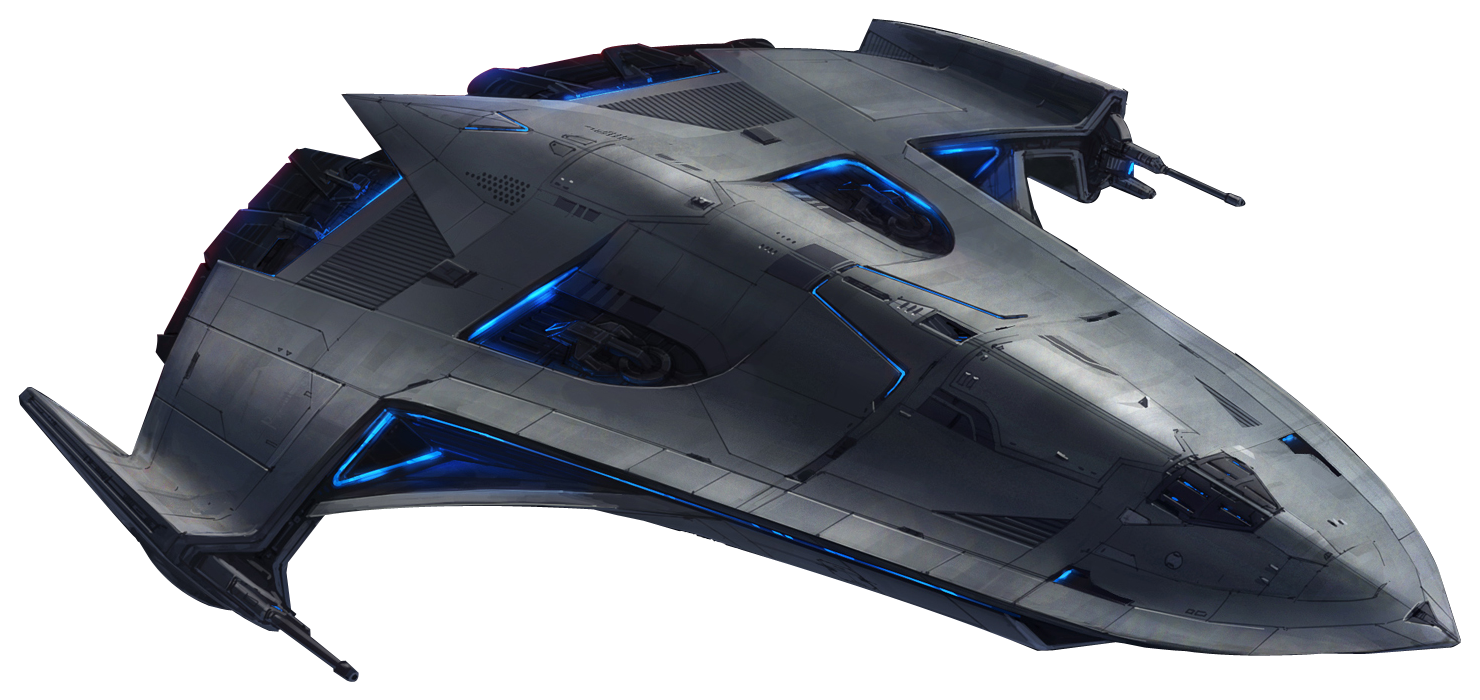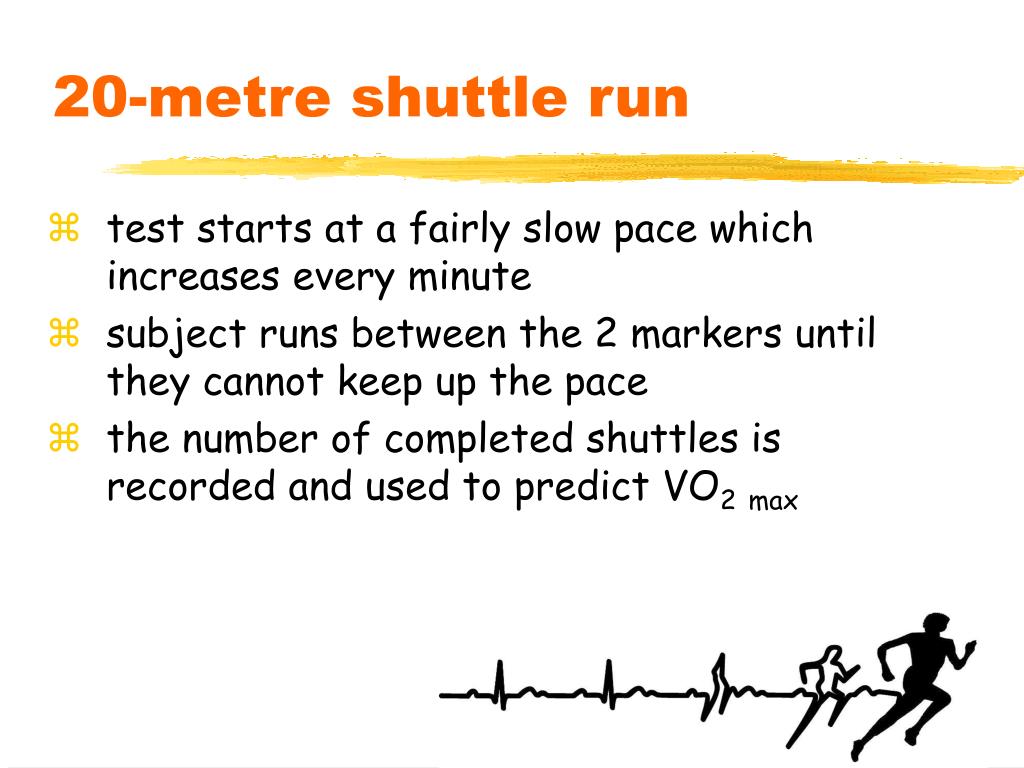

Within rugby league, differences in tactical demand, anthropometric and physical fitness characteristics exist between positions and players, suggesting that absolute HSR thresholds may not be appropriate due to under and over estimations of HSR data. High-speed running can be quantified in absolute terms whereby the same threshold speed is applied to all players (e.g., 5.0m∙s-1). Practitioners and researchers place importance on HSR due to its inclusion in assessing the demands of training and match-play to help prescribe accurate training loads and recovery methods. High-speed running (HSR) has been documented within rugby league to differentiate playing standard, position and often precedes pivotal match events. Conclusion: These findings provide practitioners with a greater understanding of anthropometric and physical characteristics of professional female rugby union players.

Forwards displayed greater body mass (p = 0.03), fat mass (p = 0.01), and absolute upper body strength (p = 0.03), whereas backs demonstrated superior 2 countermovement jump height (p = 0.01), drop jump height (p = 0.01), greater reactive strength (p = 0.03) and speed (p = 0.03). Results: Moderate to large significant differences between playing positions in both anthropometric and physical characteristics were found (p< 0.01). Players were split into forwards and backs and underwent body composition testing via dual x-ray absorptiometry (DEXA) and physical characteristic tests (10m and 20m speed, 1RM bench press and squat, countermovement jump, drop jump, isometric mid-thigh pull and 1200m shuttle). Methods: Twenty-two players were recruited from the top tier of female rugby union in the UK during the 2018-2019 Premiership season. Purpose: To identify anthropometric and physical characteristics of competitive female rugby union players and differences between playing positions. Competitive success in female rugby union has previously been related to anthropometric and physical characteristics, and with the recent introduction of professionalism in female rugby, characterizing such physical attributes may provide insight into selection and training processes. We have reviewed nearly 300 instruments for use with a number of diagnoses including stroke, spinal cord injury and traumatic brain injury among several others.Rugby union is a field-based team sport with a large number of high-intensity actions such as sprinting, change of direction, tackling, scrummaging, rucking, and mauling. Developmental Medicine and Clinical Neurology, 53 (5), 470-472. Reliability of a shuttle run test for children with cerebral palsy who are classified at Gross Motor Function Classification System level III. Canadian Journal of Applied Physiology, 28(2), 272+. Prediction of maximal aerobic power from the 20-m multi-stage shuttle run test. The multistage 20 metre shuttle run test for aerobic fitness. A., Mercier, D., Gadoury, C., & Lambert, J. International Journal of Sports Medicine, 32(8), 580-585. Validity and reliability of shuttle-run test in Korean adults. European Journal of Adapted Physical Education, 2(2), 7-13. Reliability of the 20 metre shuttle run in children with intellectual disabilities. The yo-yo intermittent recovery test: A useful tool for evaluation of physical performance in intermittent sports. Asian Journal of Exercise & Sports Science, 2(1), 1–7.īangsbo, J., Iaia, F., & Krustrup, P.

The 20m Multistage Shuttle Run test: Reliability, Sensitivity and its Performance Correlates in trained soccer players. Validity and reliability of the 20 meter shuttle run test in military personnel. Aandstad, A., Holme, I., Berntsen, S., & Anderssen, S.


 0 kommentar(er)
0 kommentar(er)
